2017 Honda Clarity Fuel Cell First Drive Review - Breaking Dawn, Part Three

2017 Honda Clarity Fuel Cell
It’s never easy trying to whip up an air of exclusivity through your daily driver, and nowhere in the U.S. is this truer than in southern California. Whether it’s ultra exotics driven by the Beautiful People or rust-free rarities carefully maintained with end-of-week savings, chances are your neighbor, friend or coworker’s ride makes your commuter car — premium or not — look as banal as dry toast.
How does a car buyer turn heads, ideally while projecting an all-caps message about their chosen lifestyle, without breaking the bank or A-Teaming a tired sedan into some sort of grotesque absurdity? Honda has the answer.
For now — and Honda accountants would prefer that the “rarity” period remains a short one — driving a leased Clarity Fuel Cell sedan puts you in a very exclusive club. By month’s end, Honda expects the number of next-generation, hydrogen-powered five-seaters plying the roadways of the Golden State to top the three-figure mark. Huge numbers, for sure.
Next thing you know, the person you hired to walk your dogs might pull up in one.
Every revolution needs to start somewhere, Honda figures, so it hasn’t let up trying to wean drivers off gasoline through the development of vehicles fueled by the lightest and most common element in the universe. Hydrogen.
Look around, and you’ll notice there’s damn few H2 stations out there. Actually, unless you’re in California, which currently sports 26 stations scattered around the Los Angeles and San Francisco areas, you’ll see exactly zero. That’s because the world’s most plentiful fuel source remains the hardest to find. Is Honda, which launched its first fuel cell vehicle way back in 2000, worried? Not really. It’s in it for the long game, planning for a world where hydrogen replaces gasoline and diesel as the fuel du jour.
With the Clarity Fuel Cell, first delivered in the U.S. on December 19, Honda’s vision for futuristic motoring reaches a new zenith. The automaker dubs its primitive, late 1990s test vehicles “mobile chemical plants.” The FCX-V2 produced its own hydrogen on board, reforming methanol into a usable gas that could then create electricity. Maybe there’s a better way to do this, Honda engineers thought. There was. Just put a big, damn tank of the stuff on board.
Still, another problem remained. Big, round hydrogen tanks and tall fuel cell stacks don’t add up to a great-looking car.
While the Clarity Fuel Cell bears a passing resemblance to its predecessor, the 2008–2014 FCX Clarity, refinement is the word of the day. Longer, wider, and with all of the Six Million Dollar Man attributes accounted for, the latest fuel cell vehicle from Honda functions and looks light years ahead of the tall and ungainly 2003 FCX.
This time around, every effort was made to “normalize the car,” said Stephen Ellis, Honda’s manager of fuel cell vehicle marketing. Not to say that there aren’t a few oddities worthy of mention.
Honda flew me out to Santa Barbara last week, where a stable of Clarity FCs languished in the sun-dappled shade beneath sprawling green canopies. (Full disclosure: during the trip, Honda provided a lifestyle rivaling The Weeknd’s and thrust bourbon and lamb at me with reckless abandon.)
At first glance, a casual observer might not notice anything amiss. This is a roomy midsize sedan with a tasteful, two-tone interior. Sure, the floating console is a bit Star Trek (and makes charging port access an exercise in wrist manipulation), but besides something odd happening behind the rear seats, and that mysterious slit ahead of the rear wheel wells, you’d be forgiven for thinking this was some offshoot of Honda’s stalwart Accord.
Of course, you’d be wrong. Honda engineers apparently took great pains hiding the Clarity’s cutting-edge technology — both its powerplant and unique drag-cheating aerodynamics. That slit in front of the rear wheels? It’s just the most obvious giveaway of the Clarity FC’s “air curtain” feature. Air flowing past the lower bodyside enters the slit and travels into the wheel well itself, reducing turbulence. Hidden in the lower front fascia are more slits connecting to the front wheel wells.
Rounding out the aerodynamic improvements are partial rear fender skirts (Honda apparently forbid its engineers from adding a full cover, hence the need for the air curtain). The automaker won’t reveal the Clarity FC’s drag coefficient, but the model’s development leader, Kiyoshi Shimizu, claims it’s the lowest of any Honda-badged vehicle.
During the FCX Clarity’s six-year run, which saw 46 U.S. vehicles leased for the sum of $600 per month, customers gave Honda an earful. A tricky bunch, those fuel cell aficionados. They’re ready and willing to serve as early adopters of a new technology, but not willing to do without some basics. For starters: four passenger seating? That’s out. The new Clarity FC’s three-person rear bench is like any other you’d find on the market. Interior room also gets a boost, thanks to less fuel tank, battery, and fuel cell intrusion into the passenger cabin.
The key was moving the fuel cell “out of the passenger space and under the hood,” said Ellis. “We want people to have everything they would expect of a sedan.”
Now squeezing 1.5 times the power out of each cell, the next-generation powerplant boasts 30-percent fewer cells. Each cell is also 20-percent thinner. These improvements mean a 33-percent smaller fuel cell, which, when mounted atop the drive unit (instead of beneath the floor), reduces motor height by 34 percent. Downsizing the unit to something comparable to the company’s 3.5-liter V6 means the Clarity FC’s hoodline now resembles that of a conventional sedan.
Certainly, the 30-percent boost in horsepower (to 174 hp) and 17-percent improvement in grunt (to 221 lb-ft) made for adequate but not thrilling performance on both the highway and twisty canyon roads. Acceleration is electric car-linear (there’s a one-speed transmission, natch) and builds nicely at moderate speeds, but don’t expect to peel away from a stoplight. Chalk some of the Clarity FC’s sedate nature up to its 4,136-pound curb weight.
A sport mode supposedly ramps up the drivetrain’s responsiveness, but I couldn’t notice any appreciable difference. The upside to this seemingly superfluous driving mode is a moderate regenerative braking effect that keeps downhill momentum under control — something that proved useful in the foothills of the San Rafael Mountains.
Make no mistake — while the Clarity’s nicely weighted steering remains on point and the suspension is quite adept at smoothing out imperfections, this isn’t a driver’s car. A high curb weight, coupled with front-wheel drive and 18-inch low rolling resistance rubber, is a recipe for tire scrub and slight understeer in tight corners. In these situations, more feedback and grip would be nice.
At least the car’s quiet about it. Actually, it’s very quiet overall, and the body feels reassuringly stiff.
A big complaint leveled at the previous Clarity was the drive unit’s incessant whine, something mostly eliminated by the new model’s electric, turbocharger-type air compressor. With windows up and stereo off, it’s faintly audible during acceleration and freewheeling. But compared to the rival Toyota Mirai (which Honda just happened to have on hand), the Clarity is a library at closing time.
This time around, Honda upped the vehicle’s content level to something befitting a premium model. At $369 a month ($2,868 due at signing), the fancy fuel cell alone isn’t enough to impress. Joining the usual niceties, which includes an 8-inch touchscreen with navigation and a limited range of driver safety features, is a lot of upscale eye candy. Faux suede dash and door inserts derived from recycled plastic mingles with a forest of dark, artificial wood, while the mainly faux leather seats contain inserts made of cows already sacrificed for their succulent meat.
Pleasing to the eye, the Clarity FC’s interior proved comfortable on our lengthy test drive. Backseat room is generous. And this is where Honda wants owners to spend more time — otherwise, what’s the point of adding a second fuel tank that boosts capacity by 39 percent? One tank sits atop the rear axle and a smaller one lurks below the rear seat. A small lithium-ion battery pack, which corrals excess electricity from regeneration and uses it for assist, sits below the front seats.
Honda didn’t want the rearmost tank to gobble up trunk space, so it engineered an unusual solution. The raised trunk is transparent. Well, sections of it are. By adding see-through panels behind the rear seat and in the trunklid itself, the rearview mirror displays the view through both the back window and the trunk. It’s a little jarring.
Also jarring, at least at first, is the refueling process. Once that ice-cold nozzle locks to the vehicle’s fueling nipple with a quick twist, it takes about five minutes for 5.46 kilograms of pressurized gas to flow into those two tanks. Hoping to sweeten the deal, Honda includes $15,000 of free hydrogen in each lease. Just don’t drive over 20,000 miles each year. You’ll get dinged.
Honda needed to ensure the lease package “breaks down barriers to ownership,” Ellis told us. Realizing that Clarity FC owners will probably need a way of getting to Thanksgiving dinner in Portland, or maybe up to the ski hills, it included 21 days of free luxury car rentals in the deal. Meanwhile, the automaker is funding the construction of eight new refueling stations and working with H2USA (a federal public-private partnership) to build even more. In total, 36 new stations should pop up in California this year and next. Some of those will be found outside of major urban centers.
Elsewhere in the country, Honda has its eye on 12 hydrogen refueling sites selected to serve the New York-Boston corridor. “We’re watching it closely as it develops,” Ellis told me. A purchase option should join the lease in the near future, he added.
Playing the long game means making the best of the present. While Honda feels pretty confident of a hydrogen-fueled future, the Clarity Fuel Cell is just one part of the journey there. In the near- to mid-term, there’s no “silver bullet” for green driving, said Steve Center, vice president of American Honda’s Environmental Business Development Office.
The Clarity FC exists to “jump-start” the fuel cell revolution, but its impact remains tiny for now. That’s why there are three models bound for the Clarity lineup. A battery electric variant (with a paltry 80-mile range) will join a plug-in hybrid and the existing Accord Hybrid to cover all the low- and zero-emission bases.
Will Honda’s gambit pay off and make the company a green vehicle leader in the World of Tomorrow? Set your alarm for 2050. Meanwhile, no one can say Honda is resting on its technological laurels.
[Images: © 2017 Steph Willems/The Truth About Cars]

More by Steph Willems
Latest Car Reviews
Read moreLatest Product Reviews
Read moreRecent Comments
- 28-Cars-Later Say it ain't so, so reboot #6* isn't going to change anything?[list=1][*]V4-6-8 and High "Tech" 4100.[/*][*]Front wheel drive sooooo modern.[/*][*]NOrthSTARt.[/*][*]Catera wooooo.[/*][*]ATS all the things.[/*][*]We're *are* your daddy's Tesla. [/*][/list=1]
- MaintenanceCosts Can I have the hybrid powertrains and packaging of the RAV4 Hybrid or Prime with the interior materials, design, and build quality of the Mazda?
- ToolGuy I have 2 podcasts to listen to before commenting, stop rushing my homework.
- ToolGuy Please allow me to listen to the podcast before commenting. (This is the way my mind works, please forgive me.)
- ToolGuy My ancient sedan (19 years lol) matches the turbo Mazda 0-60 (on paper) while delivering better highway fuel economy, so let's just say I don't see a compelling reason to 'upgrade' and by the way HOW HAVE ICE POWERTRAIN ENGINEERS BEEN SPENDING THEIR TIME never mind I think I know. 😉























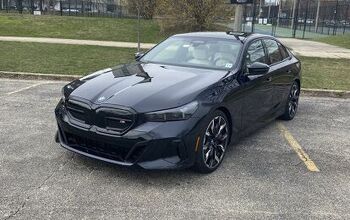
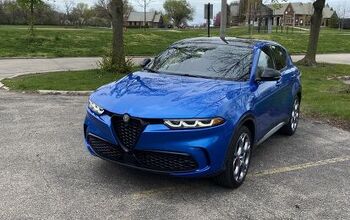
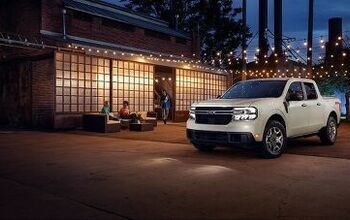

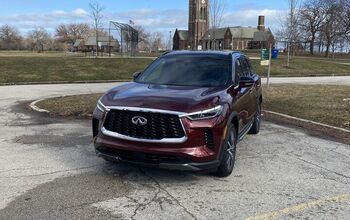
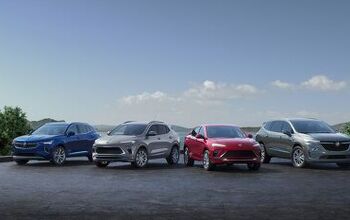
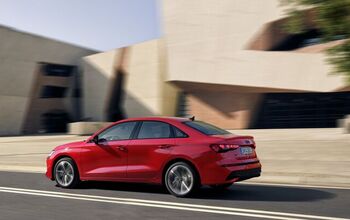
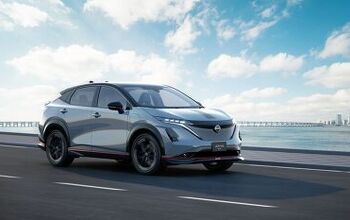
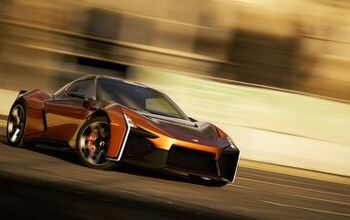
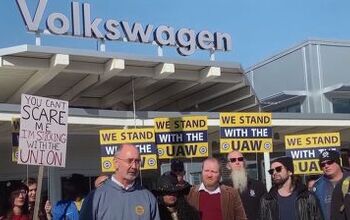
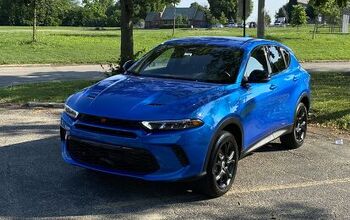
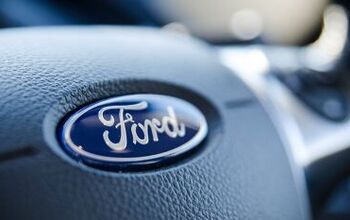

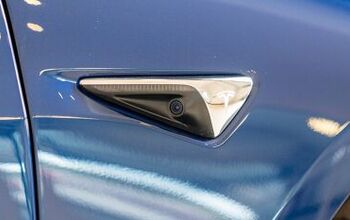
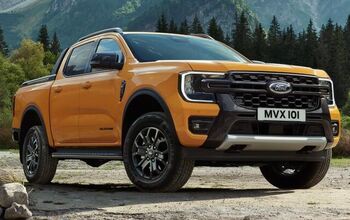
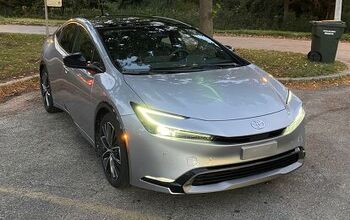
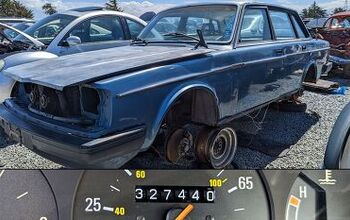

Comments
Join the conversation
Autoweek has an actual review of the Clarity. It apparently cost $82 dollars to fill the tank and they only got 258 miles range out of it. Anyway, read the article: http://autoweek.com/article/drive-reviews/drive-review-2017-honda-clarity-fuel-cell
Where do they get the materials for the fuel cell? Can they get enough raw material to make millions of fuel cells?